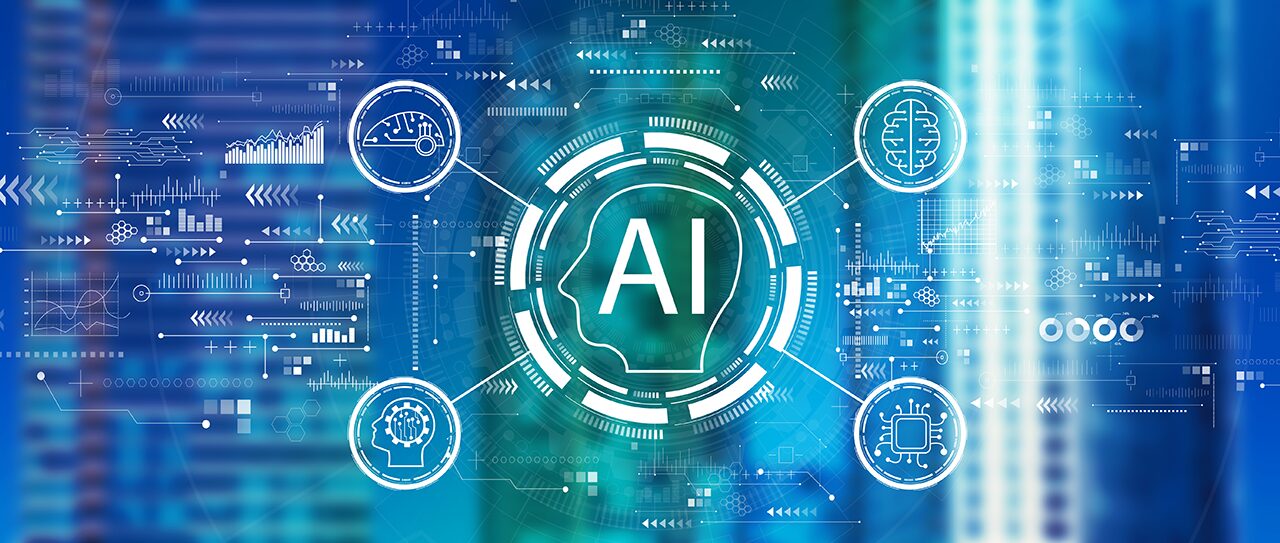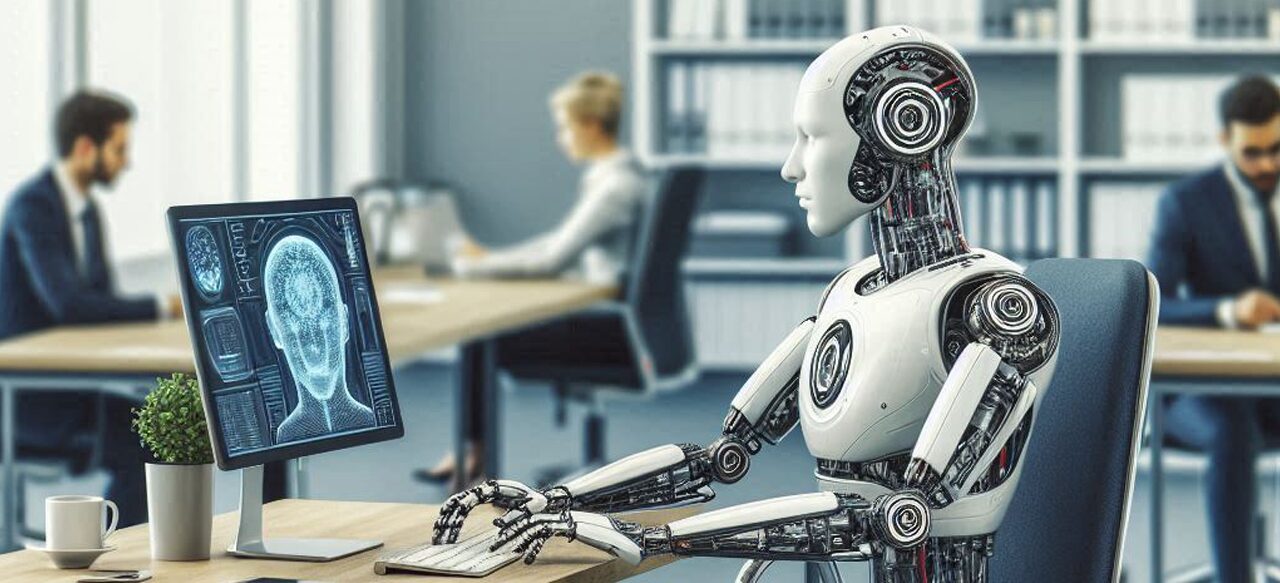For decades, companies have been leveraging AI to optimize manufacturing, but many have missed out on its benefits due to the once prohibitive costs both in software and hardware. Only a select few could afford the necessary data, hardware, and time to train complex models. However, recent advances have revolutionized the field. The cost of training models has plummeted, and off-the-shelf models and Generative AI solutions have made it easier than ever to implement AI with less training data.
In this article, we explore how Generative AI and AI, in general, are transforming the manufacturing industry. We’ll dive into five key areas: predictive maintenance, process optimization, robotic process automation (RPA), automated quality control, and supply chain and inventory management.
Predictive Maintenance
Modern machinery is equipped with embedded sensors that monitor critical performance metrics such as vibrations, temperature, and wear. By utilizing AI-powered predictive maintenance, companies can analyze this data in real time to anticipate when a machine or tool is likely to fail. This allows operators to take preventive action, avoiding costly downtime and improving overall equipment efficiency. AI can detect patterns and anomalies that are often missed by traditional monitoring systems, ensuring more reliable and timely maintenance.
Process Optimization
AI-driven process optimization involves continuous monitoring and data gathering from machines, allowing for real-time adjustments to critical parameters such as temperature, pressure, force, speed, and energy consumption. By analyzing this data, AI systems can predict production bottlenecks, identify inefficiencies, reduce energy usage, and optimize load balancing across machines. These optimizations result in more efficient production processes, reduced downtime, and enhanced product quality.
In industries like manufacturing, AI can optimize specific parameters, such as injection pressures, press force, or cutting speed, ensuring that processes are fine-tuned to achieve optimal performance and minimal waste.
Robotic Process Automation (RPA)
AI-driven robotic process automation (RPA) allows robotic arms to efficiently perform tasks such as material loading/unloading, part transfer, and various post-processing steps like polishing, trimming, and stacking. What sets these AI-guided robots apart is their ability to adapt in real-time to changing materials, part geometries, and production conditions. By analyzing data on the fly, AI-powered robots can modify their actions to optimize performance, improve precision, and reduce waste, making production lines more flexible and efficient.
Automated quality control
AI-driven automated quality control leverages advanced vision systems to inspect parts in real-time, identifying surface defects, dimensional deviations, and other quality-related issues. Using machine learning models, these systems can be trained to recognize patterns in defects, including those that are imperceptible to the human eye. By continuously improving through data analysis, AI enhances defect detection accuracy and helps ensure consistent product quality throughout the manufacturing process.
Supply Chain and Inventory Management
AI-powered supply chain management leverages algorithms to accurately forecast material demand by analyzing production schedules, machine performance, and historical data. This enables companies to optimize raw material orders, ensuring just-in-time delivery while minimizing stock shortages and avoiding overstock. By continuously refining predictions, AI improves overall supply chain efficiency, reduces costs, and helps maintain optimal inventory levels.



